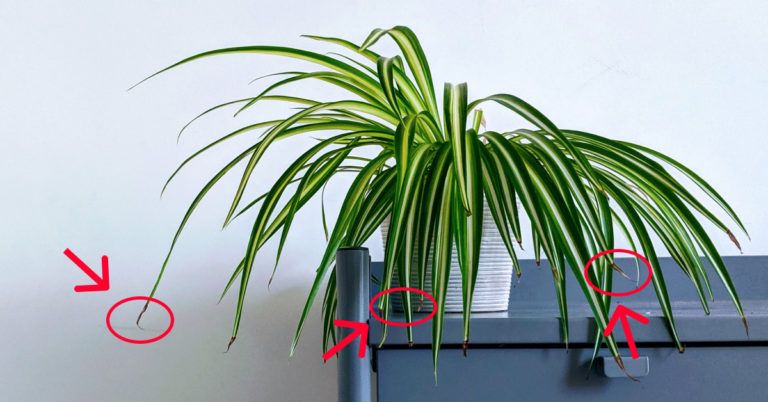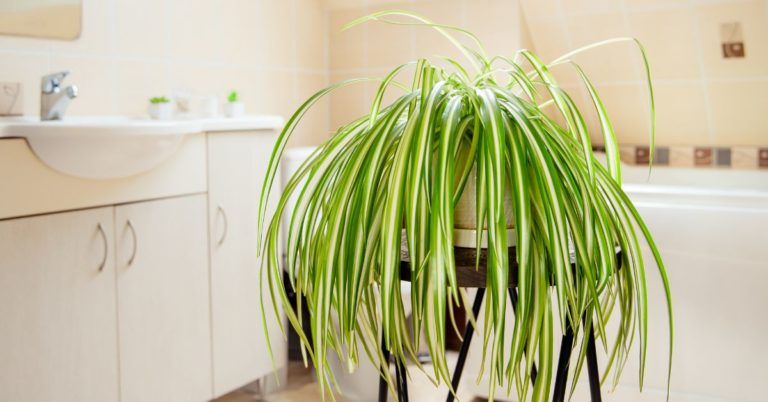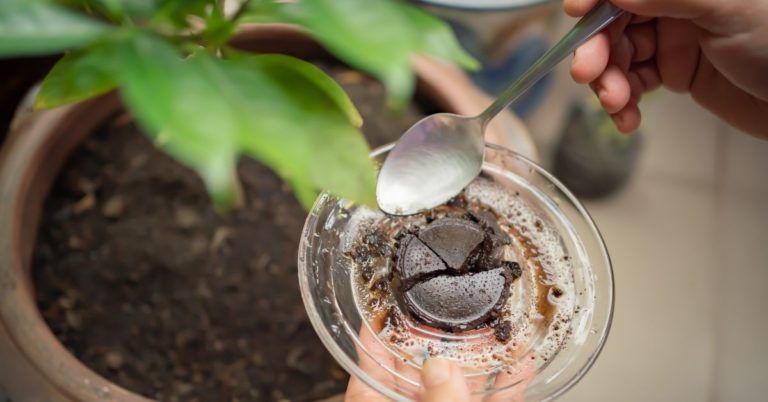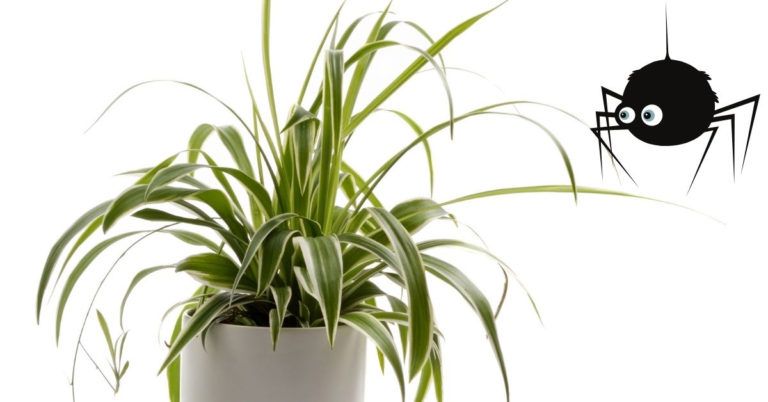Can Spider Plants Tolerate Low Light? (Answered)
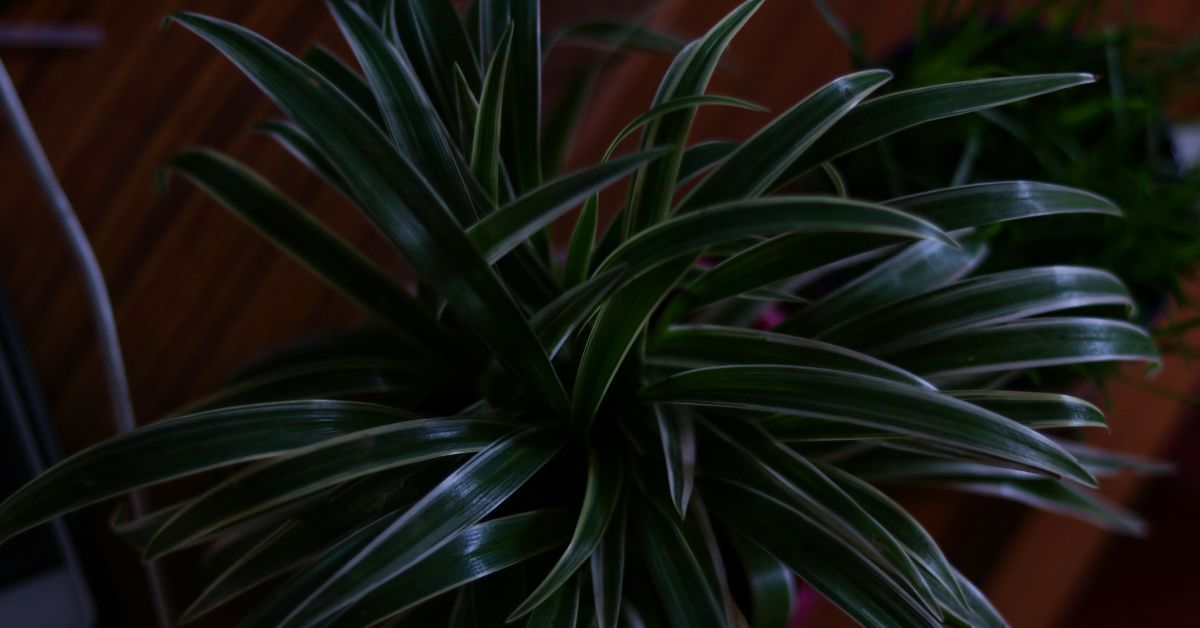
We all admit that spider plants are popular houseplants grown around the world.
It’s because they are so easy to grow.
But have you wondered if spider plants can tolerate low light?
It turns out, yes! Spider plants can tolerate low light! In fact, low light can even be beneficial to your spider plant.
Spider plants are also known to withstand accidental abuse and also harsh weather.
Because of this, they are often cited as the perfect plant for beginners.
But then, how much low light can spider plants tolerate?
Is there a limit? How little light can you give spider plants before it becomes harmful?
Well, read more to find out!
Can I keep a spider plant in low light?
Yes, you can keep a spider plant in low light!
Spider plants can thrive in low-light environments.
This makes them suitable for dark rooms or rooms that rarely get natural sunlight.
But, spider plants do need sunlight every once in a while.
The time of exposure varies between spider plants.
For the best results, spider plants only need 3–4 hours of sunlight daily.
However, do not place your spider plant under direct sunlight.
Direct sunlight damages the leaves of your spider plant.
Leaves exposed to direct sunlight for too long will turn brown and wilt.
Spider plants prefer to be placed under indirect sunlight.
Placing your spider plants under a window is a great way to give your spider plants indirect sunlight.
With low light, your spider plant can focus on growing.
And, they don’t have to worry about getting burned by direct sunlight.
But how about dark rooms?
If spider plants like low-light environments, do they also like being in a dark room?
The answer may surprise you!
Also read: Beginner Spider Plant Care: How to Care for a Spider Plant
Can spider plants live in dark rooms?
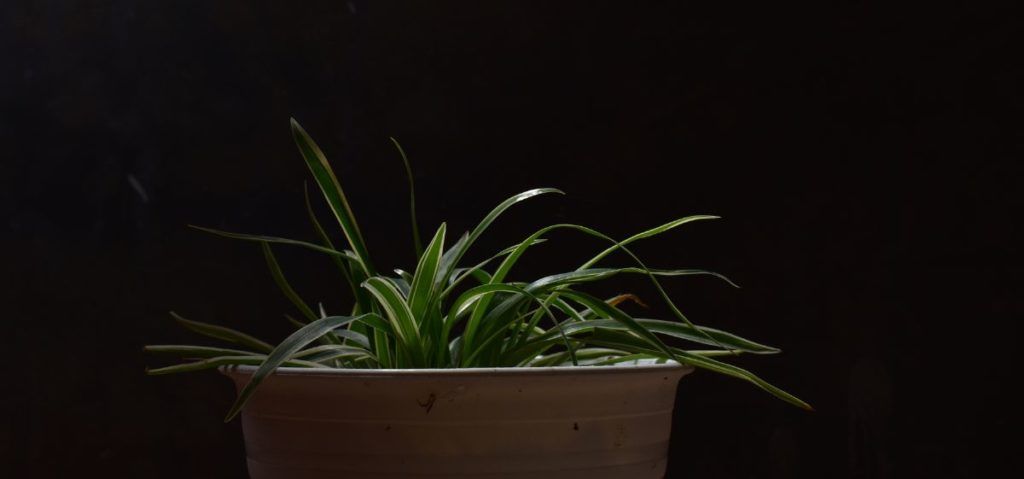
Yes, spider plants can live in dark rooms.
But what are the benefits of placing your spider plant in a dark environment?
It turns out that placing your spider plant in a dark room tells your spider plant to reproduce.
The spider plant cannot continue growing without enough light.
When that happens, your spider plant will instead choose to reproduce.
After three weeks in a dark room, your spider plant will send out a long stalk.
These stalks contain either flowers or offshoots.
Offshoots are the tiny, baby versions of your adult spider plants.
They are attached to the parent plant through that stalk.
There’s also the benefit of growing slower.
Because your spider plant no longer grows as fast, you do not have to repot it as often.
However, remember that repotting can prevent your spider plant from reproducing.
This can be useful if you want your spider plant to grow slowly but not reproduce.
By repotting, you trick your spider plant into thinking that it has room to grow.
But what about growing spider plants in the shade?
If they can thrive in both low light and dark conditions, can spider plants also thrive in the shade?
Can spider plants grow in the shade?
It turns out, yes, spider plants can grow in shade!
Ideally, spider plants tend to prefer filtered sunlight.
A perfect example of filtered sunlight is a sunny window.
But spider plants can also grow in partial shade to full shade.
However, it is important that your spider plant can still get some sunlight in the shade.
For the best results, place your spider plant on the edge of the shaded area.
But make sure that none of the leaves are exposed to direct sunlight.
To start growing your spider plants outdoors in the shade, you must first grow them indoors.
For a young spider plant, place it in well-drained soil.
Additionally, the soil will also need to be moist.
Placing your spider plant indoors gives its roots the time to develop.
When your spider plant is ready, place it outside but in the shade.
Also read: Can A Spider Plant Live Outside? (Explained for Beginners!)
Conclusion
Spider plants are common houseplants worldwide.
They are easy to grow and are often recommended for beginners.
Spider plants can also grow in low-light areas.
By placing your spider plant in a dark room, you can help the plant reproduce faster.
But if you don’t want your spider plant to send out offshoots, you can repot it more frequently.
By repotting your spider plant, you trick it into growing and not worrying about needing to reproduce.
Spider plants can also grow in the shade.
However, spider plants need the right type of shade.
The best place to put your spider plant is at the edge of the light source and shade.
Also, ensure your spider plant is well-watered and placed in well-draining soil.
Spider plants are hardy houseplants.
They can grow in many conditions, including shade, dark rooms, and low light.
However, proper care is needed to keep your spider plant healthy in either condition.
Without such care, your spider plant may fall sick and die as a result.
Do your spider plants live in places with little light? How do they grow? Please, chime in!
Until then, happy gardening!
